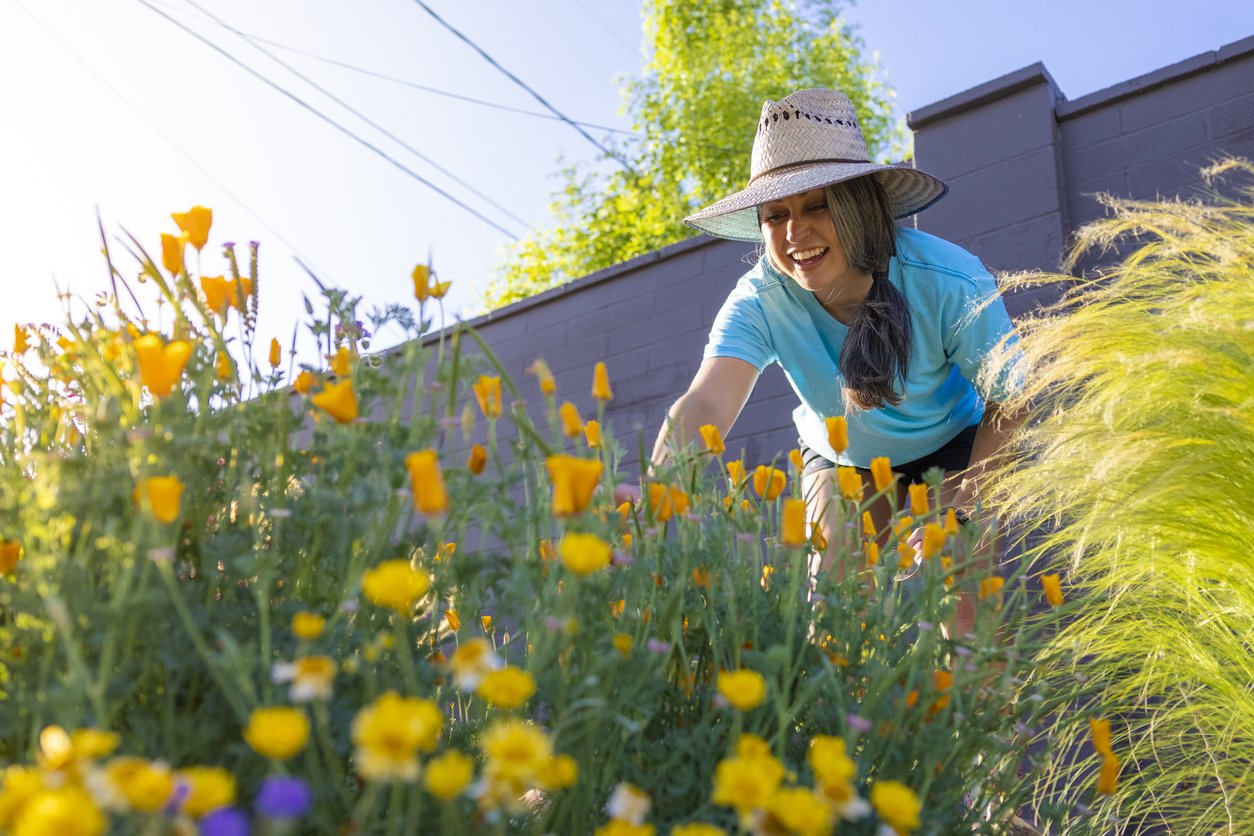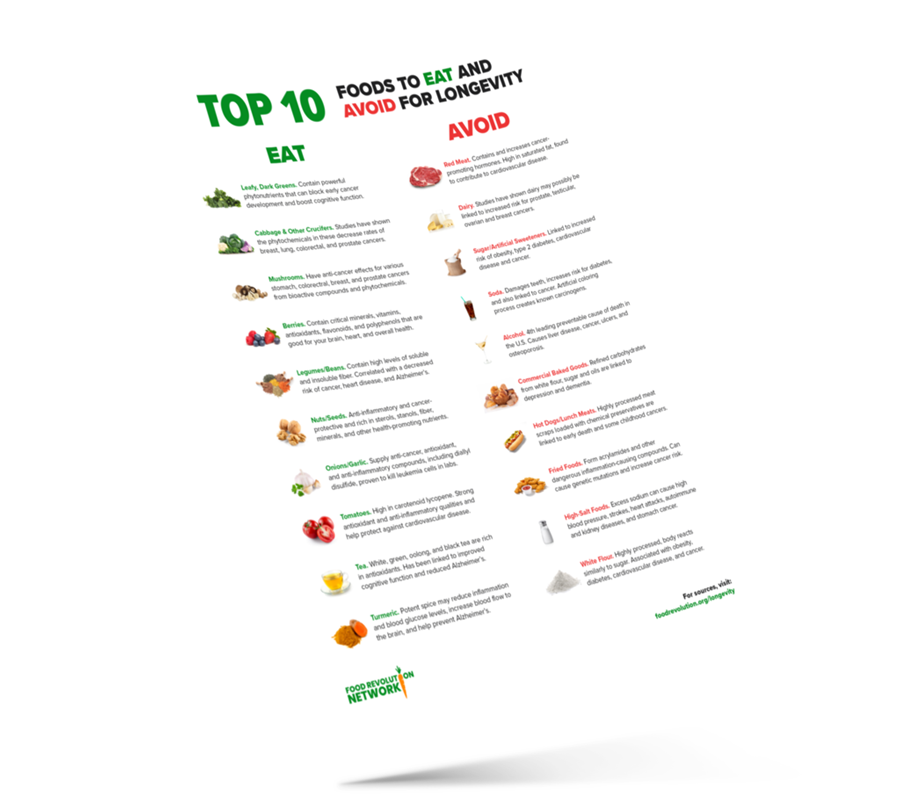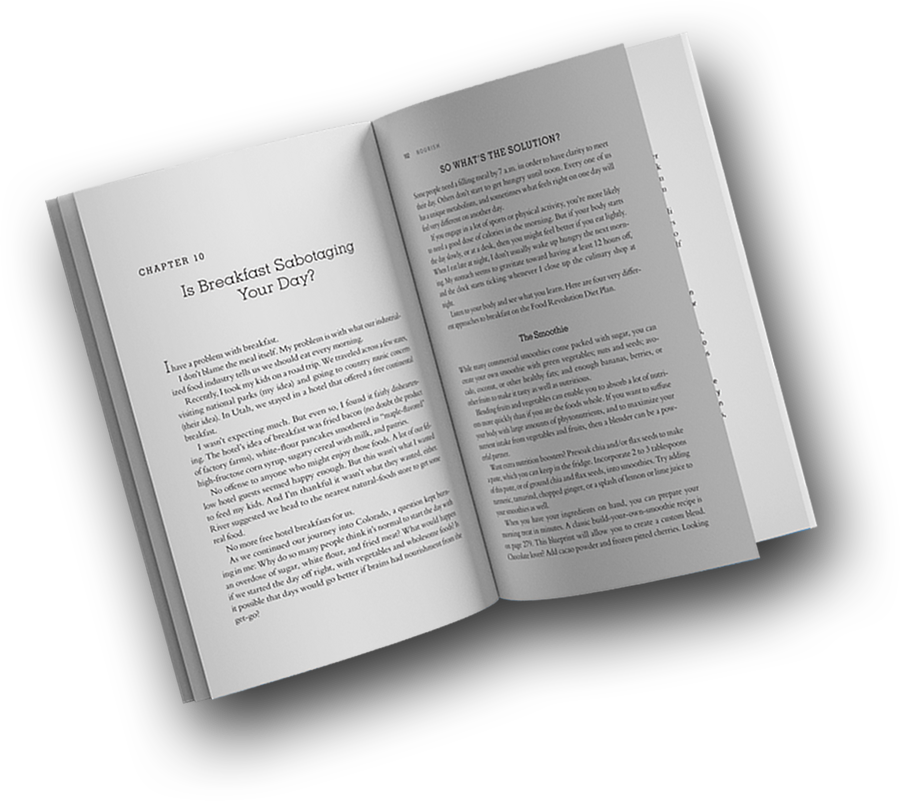Most things in life come with trade-offs. The old car that’s cheaper to buy — but comes with hefty repair bills down the road. Spending more time in the office means less time for leisure. And so on and so on. Oftentimes, in order to get something, you have to give up something else.
One glaring exception to this rule, as I see it, is gardening. It can get you outdoors and connected to nature. It produces fresh, tasty, and healthy food, sometimes in staggering amounts, from tiny seeds and seedlings. (If you’ve ever grown zucchini or had a neighbor who has, you understand the “staggering amounts” bit.) Gardening is good exercise and can be fun. It can positively impact your physical and emotional health. It can be good for the planet — supporting soil regeneration and the “local foods” movement. And you can garden on a large property or in a few pots and containers on a windowsill. Talk about win-win-win-win-win! (I may have missed a “win” or two there.)
One of the founders of the regenerative approach to agriculture and life (known as permaculture), Bill Mollison, used to say, “All the world’s problems can be solved in a garden.” As co-founder of Food Revolution Network, I get what he’s talking about. Food insecurity and poverty? Start more local gardens. Pesticides? Start an organic garden. Loneliness? Join a community garden. You get the idea…
Throughout history, gardening has been many things to many people: a hobby, a career, a way of life, a nondiscretionary means of sourcing food, and a way of connecting with nature and spirit.
In parts of the world where many people get all their food from local supermarkets and restaurants, gardening is pure pastime, meeting needs beyond physical survival. The nature of those needs became clearer during the first year of the COVID-19 pandemic when many people turned to gardening to deal with stress. They began digging in the dirt to improve their mood, engage in satisfying physical activity, socialize with neighbors, and gain self-reliance skills.
Whatever the initial motivation, many people who garden report better moods and greater life satisfaction than non-gardeners.
The physical and psychological benefits are so striking that some doctors are now prescribing gardening as part of a “green prescription” to improve mental health.
So what is it about gardening that’s good for your health and well-being? Let’s examine the ways by looking at three categories: physical health, mental health, and communal and social well-being.
Physical Benefits of Gardening
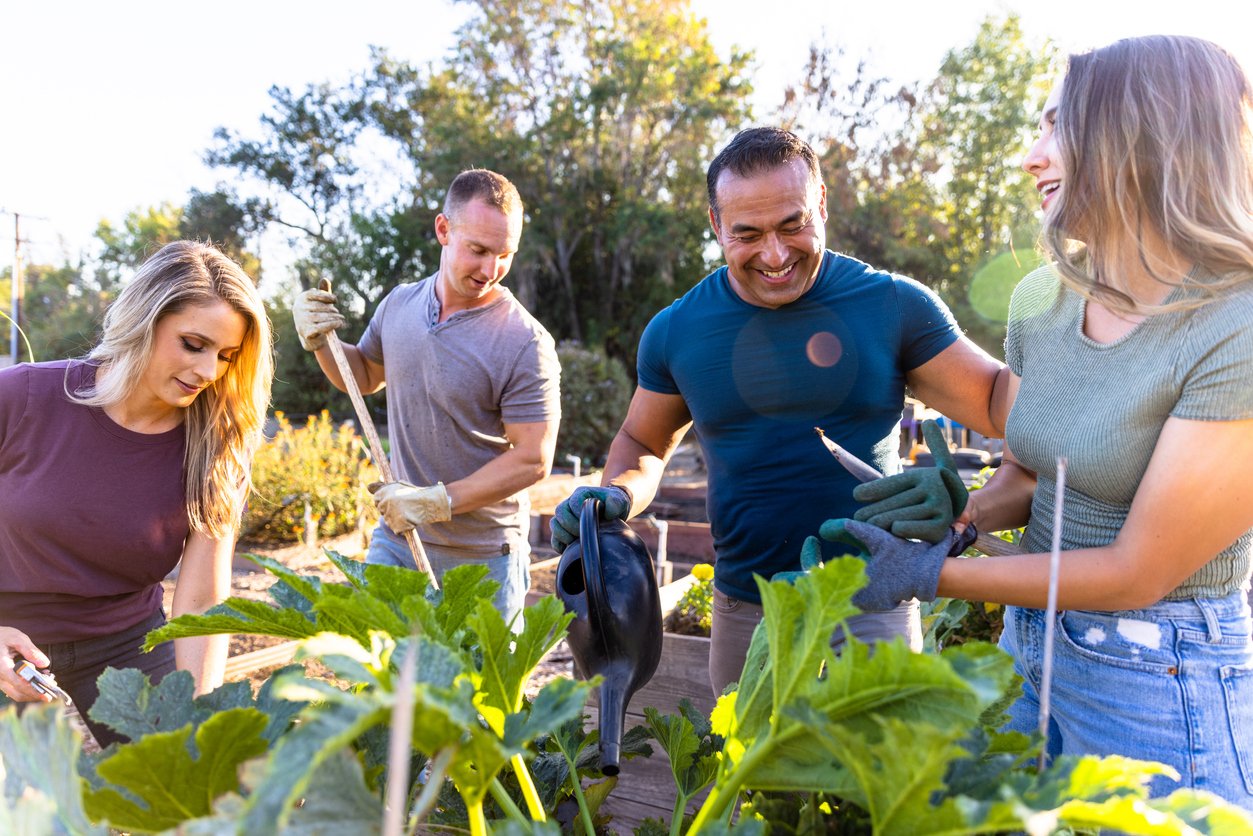
First, let’s look at some of the physical benefits of gardening for your health.
Exercise and Activity
Gardening is a form of moderate exercise that can be an enjoyable way to increase your fitness and activity level. Depending on what you’re doing — bending, digging, hoeing, raking, weeding — you may engage a bunch of different muscle groups, build core strength, and improve your agility and flexibility. It’s kind of like yoga, but with “pulling carrot” and “reaching for that inaccessible cherry tomato” pose instead of cat-cow or down dog.
Gardening is also, for most people, a low-risk physical activity. Because of the many and varied movements required, it’s less likely to cause a repetitive stress injury the way that exercises like running can. And because no one is trying to tackle you or ride their bike past yours, you’re also much less likely to suffer an acute injury.
That’s not to say that it’s impossible to hurt yourself in a garden. One way to turn gardening into a high-risk activity is, as I’ve discovered more than once, to weed thistles or blackberries with your bare hands. It might take a few moments to get a shovel, but that’s better than hours or days spent pulling out prickers and waiting for irritated skin to recover.
Great Britain’s National Health Service has been prescribing gardening for health since 2019. And the US Department of Health and Human Services agrees: Gardening is mentioned favorably five times in the second edition of the Physical Activity Guidelines for Americans. It also notes that gardening is a “multicomponent activity” (meaning that it calls for many different types of movements) and can improve physical functioning and reduce the risk of falls.
The guidelines identify “heavy gardening” (which can include shoveling and wheelbarrowing large amounts of soil, amendments, and mulches) as a form of strength training, which can increase bone density and muscle strength.
Gardening at a moderate level can also serve as cardio exercise. According to the US Centers for Disease Control, a person weighing 154 pounds can burn up to 330 calories per hour while digging, planting, weeding, and otherwise tending to plants.
Nutritional Gains from Gardening

It’s true that you can easily consume way more calories than gardening burns by eating highly processed foods and foods of animal origin. But that brings us to one of the other great health benefits of gardening. To quote “Gangsta Gardener” Ron Finley, “If kids grow kale, kids eat kale.”
In other words, people who grow food in their gardens are more likely to include fruits and vegetables in their diets. And partly on account of freshness, the food you grow yourself is probably going to be of higher quality than equivalent store-bought produce. You’ll receive the benefits of the crops’ potential for higher nutritional content, absence of pesticides, and lower risk of microbial contamination.
Gardening can also improve your nutritional prospects if you are subject to food insecurity. Having your own local food garden can protect you against compromised access to healthy food, and can supplement what you’re able to buy.
Gardening can also give your body a chance to synthesize vitamin D, the “sunshine vitamin,” during mindful sun exposure while you’re outdoors. I say “mindful” because there are risks of overexposure. And you don’t need a huge amount of time or lots of exposed skin to get the benefits during long spring and summer days. But getting enough vitamin D is important for bone health and a well-functioning immune system.
Here’s a comprehensive article on the health benefits of vitamin D if you’d like to explore the sunshine vitamin in greater depth.
Gardening for Disease Prevention
And all these benefits of gardening aren’t just theoretical; they show up in the health outcomes of real people. A 2023 study of almost 150,000 US adults 65 years and older found that those who gardened had, on average, better cardiovascular health and less risk of developing type 2 diabetes. They were also 60% less likely to die over a 10-year period, which is pretty impressive!
It’s not just cardiometabolic health that’s improved by gardening, however. Being out there in the dirt, among all its little critters (that’s a fancy word for “microbiota”), can increase the diversity of your skin and gut microbiome. And greater microbial diversity can help fight immune system disorders and the development of chronic disease.
Mental Health Benefits of Gardening
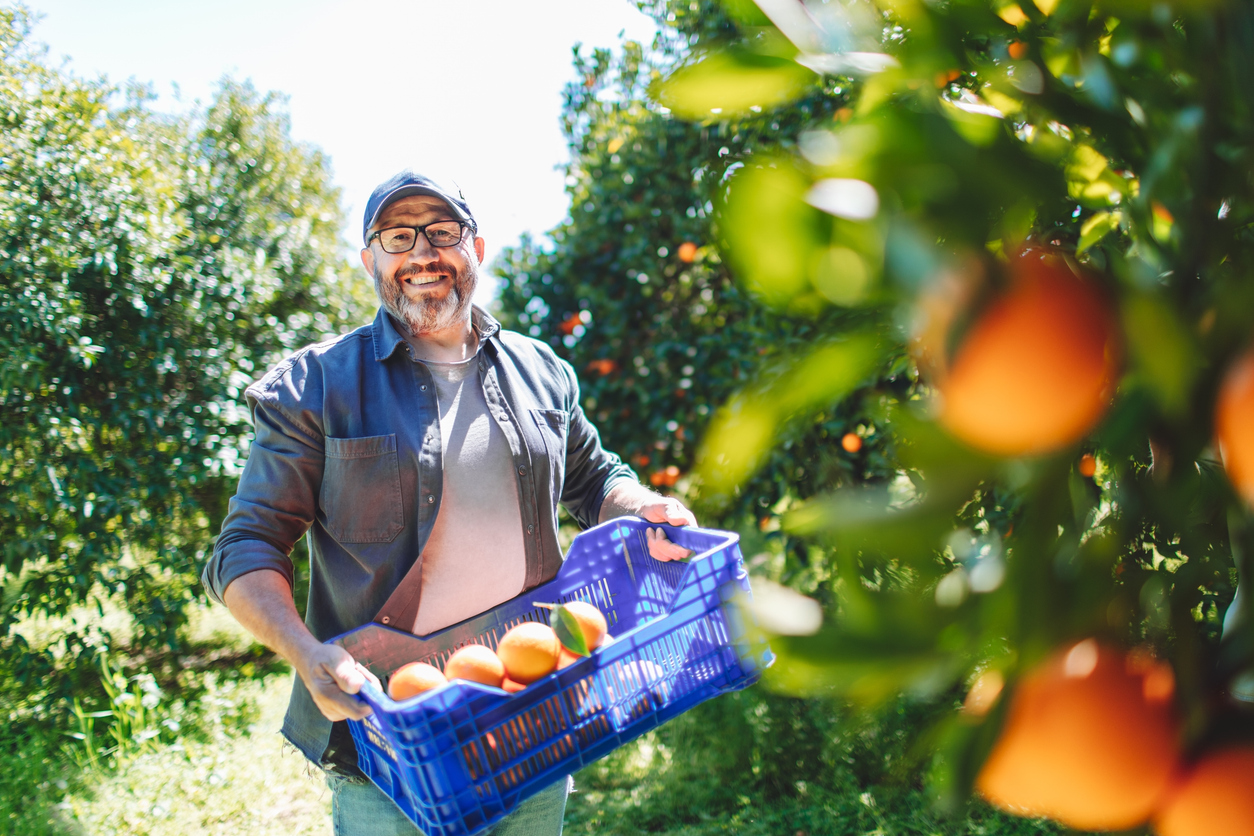
Next, let’s look at the mental health effects of gardening outdoors.
Stress Reduction and Relaxation Benefits
Many who garden will tell you all about how relaxing and good for the soul gardening is. It’s not all in their heads, either; there’s more and more evidence coming out about how gardening can significantly reduce levels of stress and anxiety.
Gardening can help people who are dealing with challenging living situations. A 2021 study of more than 200 caregivers of people with dementia found that those who gardened had fewer symptoms of depression, anxiety, and stress than those who didn’t.
A number of studies have also found that gardening may alleviate some of the mental stress caused by living with Post-Traumatic Stress Disorder (PTSD).
Brain Health Improvement

Gardening also can positively affect the physical brain in ways that benefit emotional health and mood. Senior citizens who garden show increased neurotransmitter metabolism (including serotonin, the “calm and happy” molecule) and production of brain-derived neurotrophic factor, which, since we’re talking about gardening, you can think of as fertilizer for neurons.
A 2020 meta-analysis of eight studies concluded that gardening can help people with dementia manage their symptoms and live fuller, more satisfying lives. The studies show that gardening reduced emotional agitation and helped people spend more time engaged in activities.
Emotional Well-Being
Gardening can increase how happy people feel and how satisfied they are with their lives. Another meta-analysis study found that communal gardeners (people participating in community gardens) had greater “life satisfaction, happiness, general health, mental health, and social cohesion” than their neighbors who were not involved in the gardens. Interestingly, a 2020 study found that vegetable gardening produced greater improvements in emotional well-being than ornamental gardening.
What’s the minimum “dose” of gardening that’s been found to produce these wonderful results? It turns out you can’t just plant a bean in a paper cup and water it for 10 seconds a week to reap the full psychological benefits of gardening. A 2023 study of adults in Brisbane, Australia, found that the magic number for full benefit was 150 minutes of gardening per week, which is (doing the math in my head and checking it on a calculator…) two and a half hours. And the effect was even more pronounced in seniors over the age of 64. But I’m pretty sure that if you only get to 149 minutes, you won’t miss out on all the fun. And even spending a couple of minutes on gardening now and then — for example, growing sprouts on your windowsill once a month — can still confer some lovely effects.
Increasing Social and Community Wellness with Gardening
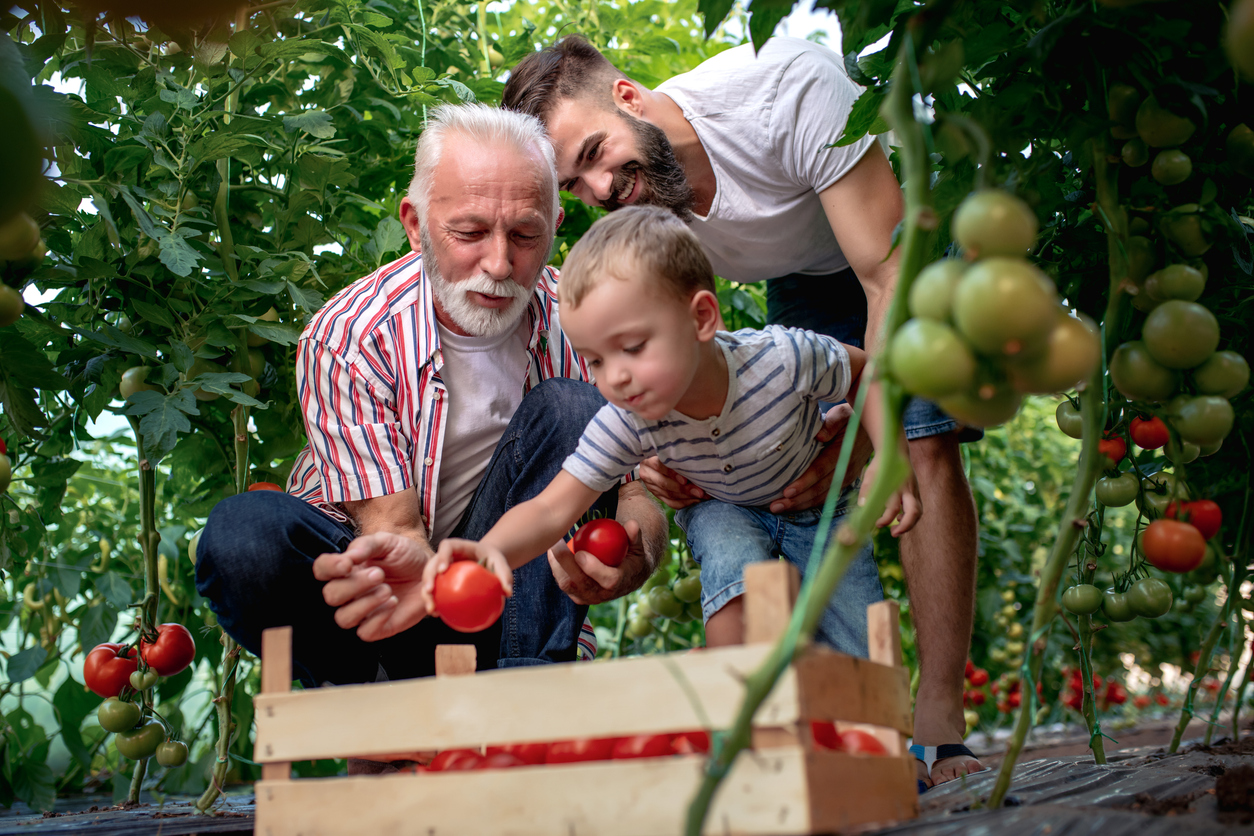
There’s really no such thing as a healthy cell in an unhealthy body. And you could argue (and I do) that healthy humans require healthy communities. When it comes to building healthy communities, there’s nothing like a garden to get people working, playing, and sharing together.
Fostering Connections
Especially in shared spaces like community gardens or garden clubs, gardening fosters connections and combats loneliness. A 2022 literature review found that simply living near green space in an urban setting could significantly reduce loneliness among residents. A lovely 2021 study also collected stories from participants in community gardens (these stories had lots of plots, haha) and identified a narrative not just of accomplishment but empowerment. That is, the community garden helped people take greater control of their lives and have a greater impact on the wider community.
Providing Educational Opportunities

Gardens also afford educational opportunities to those who work in them. Anyone who puts a seed in the ground and takes care of it naturally learns about the science of plants, and can contribute to “citizen science” by experimenting with innovative ways to do it better.
Those who garden tend to adopt other pro-environmental behaviors (and I’m a big fan of people caring about stuff like the water, air, and soil that we depend on for life).
School gardens also provide compelling learning opportunities for children. If you did the “bean in the paper cup” activity in kindergarten, do you remember how excited you were for the first bit of seedling to emerge from the crumbly dark loam?
In addition to kindling a love of learning through the magic of life, school gardens are associated with other positive outcomes. Kids who garden tend to eat more fruits and veggies, thereby consuming more dietary fiber and vitamins. They also have higher well-being, as evidenced by better social skills, more confidence, and a strong feeling of belonging.
Not only do people who garden know more about plants and eat more of them, but they actually prefer eating fruits and vegetables more than non-gardeners, too. That’s a huge deal because it means their plant-eating isn’t just a temporary thing caused by proximity to a garden. Since it’s a preference, it’s likely to get reinforced and strengthened throughout their lives.
Therapeutic and Rehabilitation Benefits of Gardening
Gardening can also help people who are institutionalized in many ways. A 2020 study of 28 people with developmental disabilities who were given 8 weeks of horticultural therapy found that they had improved hand strength and dexterity, social skills, and emotional behavior.
Some prisons are even using gardening as a form of therapy, leading to improvements in mental health and providing a sense of purpose and achievement. A 2021 case report on 12 prisoners who were given 90 minutes of horticultural therapy a week for 12 weeks found that their depression decreased, and their self-esteem and life satisfaction rose.
Hospital administrators have known for a while that green spaces can help in healing. Even the view from a hospital room’s window can affect recovery. Way back in 1984, researchers looked at outcomes of cholecystectomy patients in one hospital and discovered that those assigned (pretty much randomly, they assumed) to rooms with views of a natural setting recovered better and faster than those given rooms with a view of a brick wall.
And the natural settings are even more healing when they are gardens that patients can access.
Give Gardening a Try — for Your Health!

Gardening significantly benefits people’s physical health, mental and emotional well-being, social connections, and overall life satisfaction. And the act of gardening can connect us to the earth, our communities, and ourselves. It teaches patience, care, and the value of nurturing life in all its forms. The benefits we reap from gardening reinforce the idea that when we care for our gardens, we are, in turn, caring for ourselves. And as we do so, we are working together to cultivate a greener and more sustainable world.
Tell us in the comments:
- Do you garden? If so, what are the benefits you value most?
Featured Image: iStock.com/LPETTET
